Hemp is a very sustainable construction material that is no longer just a fringe product; rather, it is becoming a more accessible mainstream building product, most notably as hemp-batt insulation, and also hemp boards for cabinetry.
Why choose hemp building materials?
The growing and harvesting of hemp is a far more sustainable process than harvesting wood for use as building products, due to the short time period in which a crop is ready to harvest. Traditional fiberboards are made from slowly replenishing timber resources, and their high demand causes a significant need to harvest vital trees in dwindling forest habitats around the world.
Low-density fiberboard is typically made from waste materials such as sawdust and scraps of wood and is currently used in a wide variety of applications and is often utilized as an inexpensive substitute for plywood and wood fiberboard when possible. However, hemp is a superior substitute.

Hemp boards
Sunstrand, a company from Louisville, Kentucky, began by growing and processing industrial hemp, and soon after their founding in 2014 they began to fabricate several finished products.
“Sustainability is key to our mission and business model. We noticed that the market was slow to adapt, and we wanted to help other companies realize the potential of hemp as a building material,” says Adam Block, VP of Sales/Marketing. After much research and development, one of the first products Sunstrand created was Hemp Coreboard. This light-weight board is made with 100% hemp hurd, the core of the hemp stalk.

Why Hemp is healthy and sustainable
To understand the significant environmental benefits of hemp-based products, it’s best to begin with hemp’s unique growth period. Hemp can go from seed to a ready-to-harvest material in as little as 120 days, making it one of the most rapidly-renewable materials in the world. To put this into perspective, some softwoods can take up to 120 years to create the same amount of usable biomass that a few acres of hemp can produce in 3 months.
The rapid growth-cycle of hemp presents a unique and much needed environmental perk with quick carbon sequestering capabilities. By the time it is ready to harvest, one ton of hemp will have sequestered an average of 1.62 tons of CO2. Carbon is then stored for the entire lifecycle of the material.
From a health perspective, unless you intentionally source a healthy alternative, most forms of sheet stock such as OSB (oriented strand board), MDF (medium density fibreboard, particle board and plywood will contain formaldehyde and VOCs. Hemp Coreboard on the other hand, is non-toxic and does not contain formaldehyde and toxic resins. Coreboard is also manufactured using a sugar-based binder, therefore hemp building products can help contribute to cleaner interior air quality in homes.
To meet industrial safety standards, a salt-based fire-retardant treatment is used to prepare the boards, which also helps mitigate the risk of mould (or mold for our US readers), mildew and pest infestations in hemp board. The safer manufacturing process of hemp building materials not only reduces the risk of exposure to VOCs in the home, it amounts to a reduction in the manufacturing of toxic synthetic materials, thus protecting global air quality and waterways.
Applications for Hemp construction board
Hemp Coreboard is meant to be a sustainable replacement for particle board and other board materials, in many applications. Hemp is light-weight, durable and strong, making it a perfect fit for applications where particle board is generally used. In addition, it’s easy to work with and reduces manufacturing and shipping costs because of its lower weight.
The hemp boards currently being manufactured by Sunstrand are not structural, though the potential is there for the future. At present, boards can be used for a wide variety of applications including molding, cabinetry, shelving, furniture, and when properly sealed can be used as tables and counter tops.
Coreboard is manufactured in the Unites States and Canada.
Now you know more about spray foam insulation and its impact on indoor air quality and landfills. Find more pages about sustainable construction below and in the Ecohome Green Building Guide pages.
Find more about green home construction and discover the benefits of a free Ecohome Network Membership here. |




































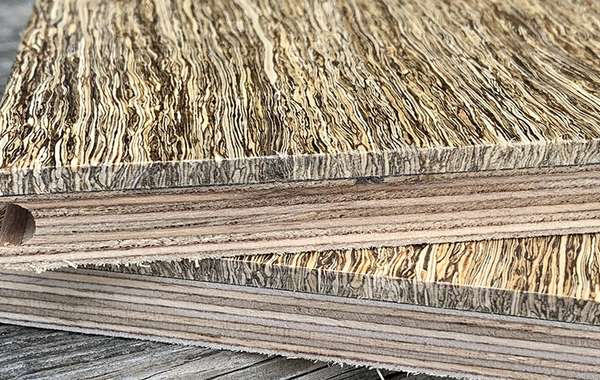

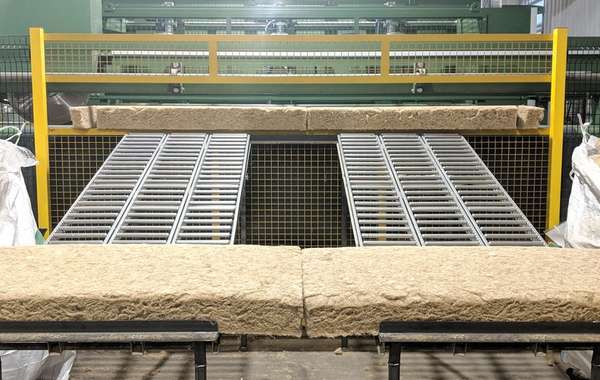
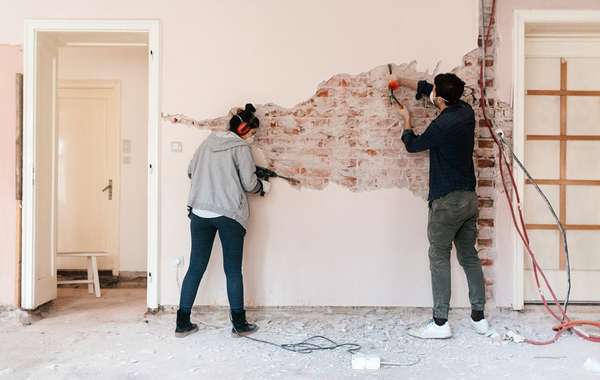
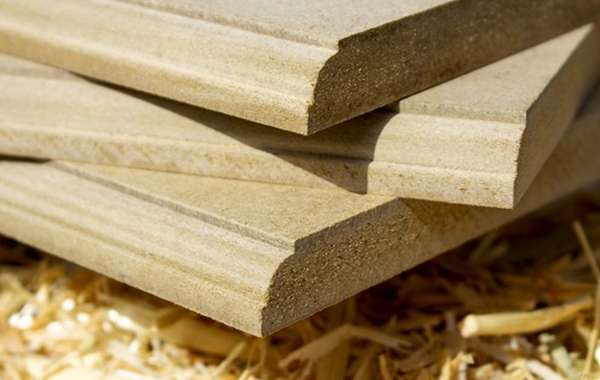

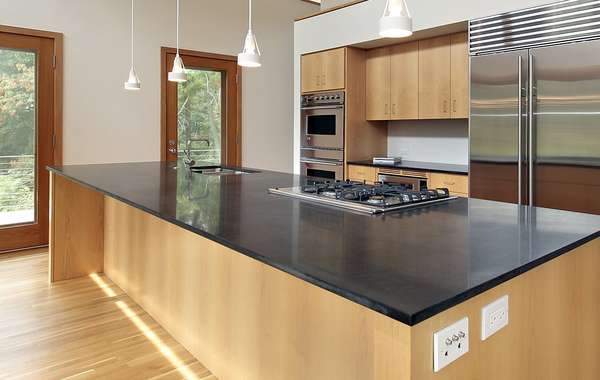

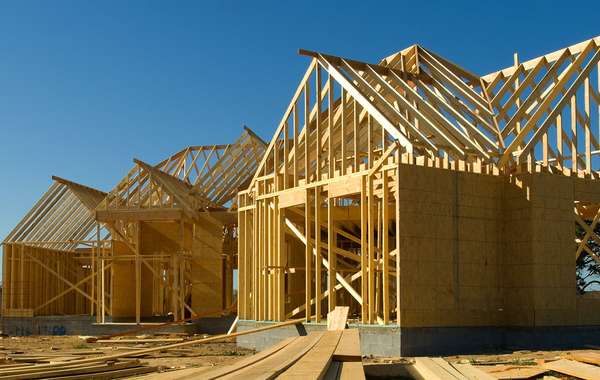

Comments (0)
Sign Up to Comment